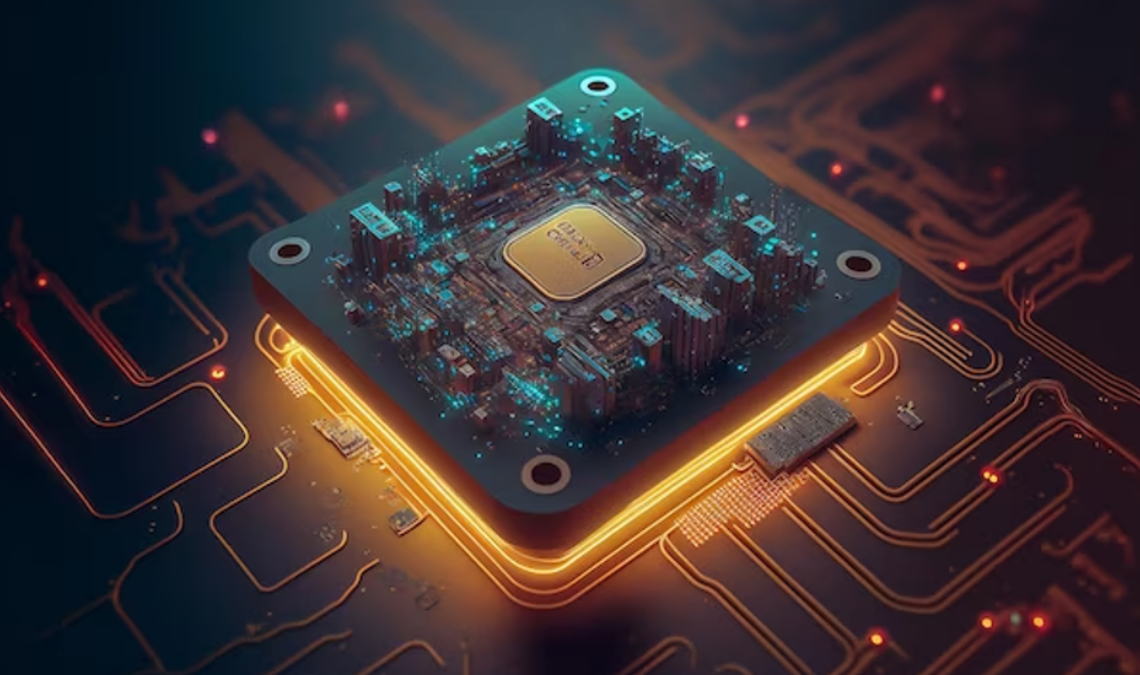
In today’s fast-paced world, the evolution of technology continues to astound us. Among the most exciting and groundbreaking developments are the next-generation computers that promise to transform the way we work, communicate, and interact with the digital realm. In this article, we will take a deep dive into the latest technological advancements in the world of computing, from quantum computing to neuromorphic computing, and explore how these innovations are reshaping our digital landscape.
Quantum Computing: Unleashing the Power of Quantum Bits
Quantum Computing stands at the forefront of next-gen computers, poised to revolutionize industries ranging from cryptography to pharmaceuticals. Unlike classical computers that use binary bits (0s and 1s), quantum computers use quantum bits or qubits. These qubits can exist in multiple states simultaneously, allowing them to perform complex calculations at speeds unimaginable with classical computers.
Key Advancements:
- Quantum Supremacy: In 2019, Google claimed to achieve quantum supremacy, demonstrating that their quantum computer, Sycamore, could perform a specific task faster than the world’s most powerful classical supercomputer.
- Quantum Algorithms: Researchers are developing quantum algorithms that can efficiently solve complex problems like factorizing large numbers, which is crucial for cryptography.
- Commercial Quantum Computers: Companies like IBM, Rigetti, and D-Wave are racing to make quantum computing accessible to businesses and researchers worldwide.
Neuromorphic Computing: Mimicking the Human Brain
Neuromorphic computing is inspired by the human brain’s neural networks and aims to create computers that can process information more like humans do. These systems promise to excel in tasks such as pattern recognition, image processing, and natural language understanding.
Key Advancements:
- Brain-Inspired Hardware: Neuromorphic chips, such as IBM’s TrueNorth, mimic the brain’s architecture, enabling energy-efficient, real-time processing.
- Cognitive Computing: IBM’s Watson and Intel’s Loihi are examples of cognitive computing systems that leverage neuromorphic principles to enhance machine learning capabilities.
- Biologically Inspired Learning: Researchers are exploring the use of spiking neural networks and event-driven computing to create machines that learn and adapt like biological organisms.
AI and ML: Teaching Computers to Think
Artificial Intelligence (AI) and Machine Learning (ML) are not new concepts, but recent advancements have propelled them to new heights. These technologies enable computers to learn from data and make decisions, simulating human intelligence. The fusion of AI and ML with computing has unlocked endless possibilities.
Key Advancements:
- Deep Learning: Deep learning, a subset of ML, has led to significant breakthroughs in image and speech recognition, natural language processing, and autonomous systems. The development of neural networks with numerous layers has made computers better at understanding and processing complex data.
- AI in Healthcare: AI is transforming healthcare through early disease detection, personalized treatment plans, and drug discovery. It can analyze medical images, predict patient outcomes, and even assist in surgical procedures.
- AI in Autonomous Vehicles: Self-driving cars are becoming a reality, thanks to AI. Companies like Tesla and Waymo are developing vehicles that can navigate roads, make real-time decisions, and ensure passenger safety.
Edge Computing: Bringing Processing Closer to Data
Edge computing is all about decentralizing computational power by moving it closer to the data source. This approach reduces latency and enables real-time processing, making it essential for applications like autonomous vehicles, IoT devices, and augmented reality.
Key Advancements:
- 5G Integration: The rollout of 5G networks has accelerated edge computing adoption, as high-speed, low-latency connections are crucial for efficient data processing at the edge.
- Edge AI: Combining edge computing with artificial intelligence allows devices to process data locally, reducing the need for constant cloud connectivity.
- Edge Security: As more sensitive data is processed at the edge, ensuring robust security measures is a top priority for businesses and developers.
Conclusion
The latest technological advancements in computing are reshaping the way we approach problems and interact with the digital world. These innovations hold the potential to transform industries, improve our lives, and push the boundaries of what’s possible. As we journey into the future of computing, it’s essential to stay informed about these developments, adapt to the changing landscape, and embrace the opportunities they present. Whether you’re a scientist, a business leader, or simply an enthusiast, the next-gen computers of tomorrow are a testament to human ingenuity and our relentless pursuit of progress in the digital age.


